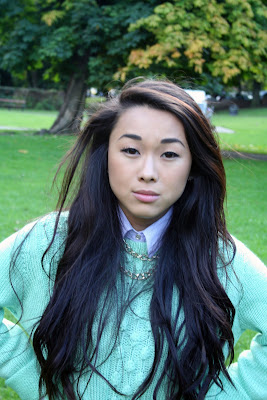Today in photoshop we used levels and curves to give an image a more 'retro' look. Cross processing was a technique used in the 1980's to develop film. The first image shows the unedited version of the subject. And the second image below shows my cross processed image. The top corner of the scale for the levels brings out the colours (Red, green and blue) within in the image whilst the bottom corner of the scale takes the colours out.
In order to create the image, I first went to photoshop and selected the image that I wanted to use. Next I created a new adjustment layer. I then selected curves and changed the red curve which can bring out the red more or take it out. We had to create an S shape with the red and the same with the blue level. With the green we didn't have to create an S shape, but just had to play around a bit to make the image look more 'retro'. After this I added another adjustment layer and added a solid colour. I chose to use a pinky colour and then changed the opacity down so that the pink faded out but was still visible in the picture.
This lesson has taught me how to play around with levels to give the image a different look, I now know how to add a solid colour, fade it out and how to add a new adjustment layer. I can now add colours or take colours away by using the levels.










